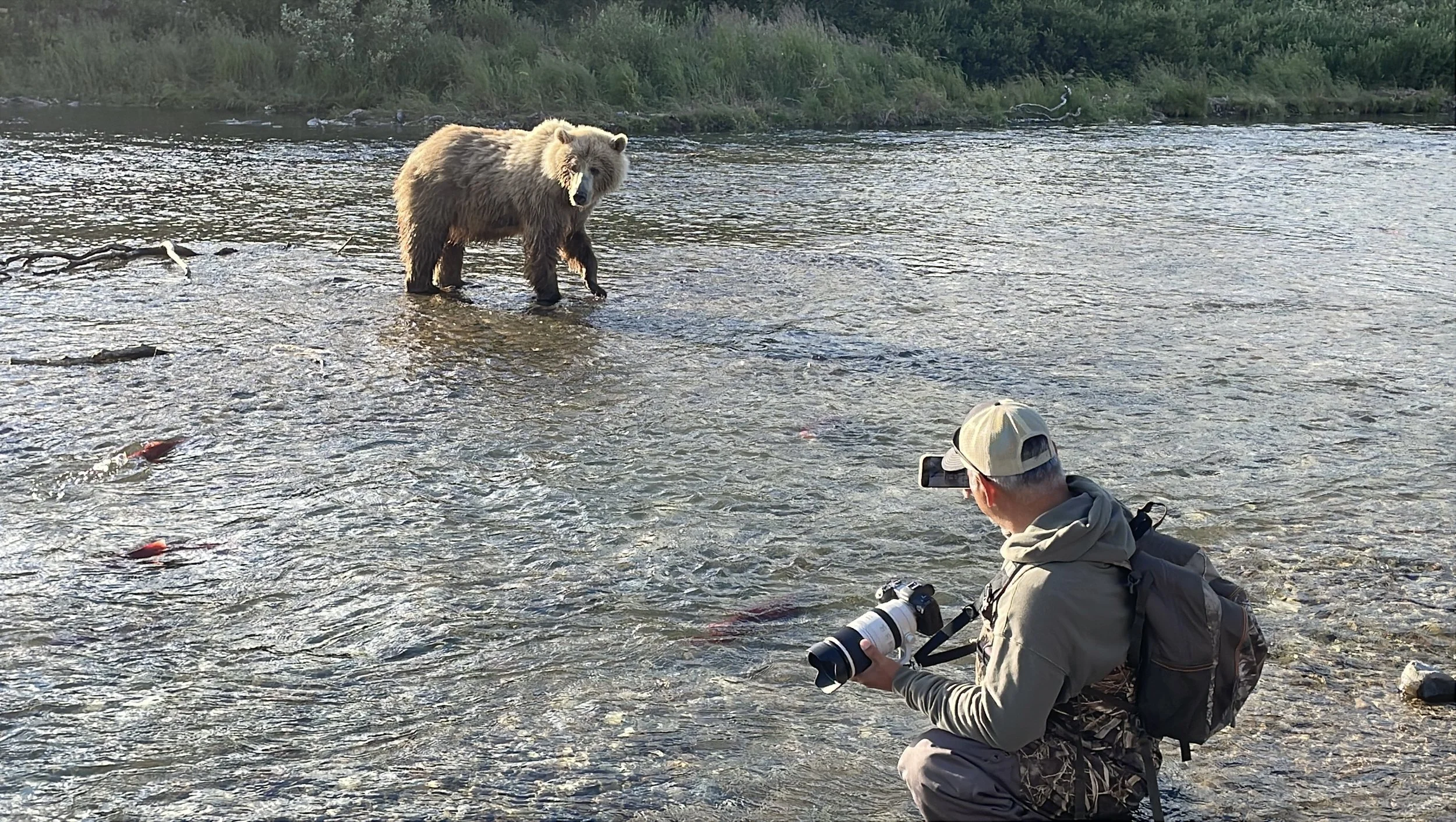10PM. Trying to get some sleep but my clock is off. Today my day began with a 5am flight from Texas to Baja.
Long travel day, but totally worth it the moment I stepped off the plane and felt that familiar Baja breeze, or lack there of. There’s something about this place that instantly grounds you; the light, the air, the energy.
I Love Mexico!
Tomorrow, our guests arrive, and on Monday we kick off a brand-new week of diving. With just two weeks left in our season, we’re fully present for every moment. These will be our final Baja trips before we head off to the next location.
We have 12 days to find as much wildlife in the Sea of Cortez as possible, including my dream: photographing orcas hunting mobula rays. It’s one of nature’s most elusive events, and every day out here gives us another chance to witness something extraordinary.
As always, we’re hoping for favorable conditions, smooth seas, and an ocean full of life.
Our team is ready to help us find amazing things, the vibes are high, and cameras are fully dialed in (Gloria is itching to go!), we are prepped for anything the wild decides to throw our way.
And just like previous trips, I’ll be sharing daily trip reports throughout the experience. If you missed the first four, you can catch up anytime by visiting our Dailys Page.
This is it. The final stretch. Can’t wait!
Two more weeks in one of the most amazing places on Earth... going to make every day count.











